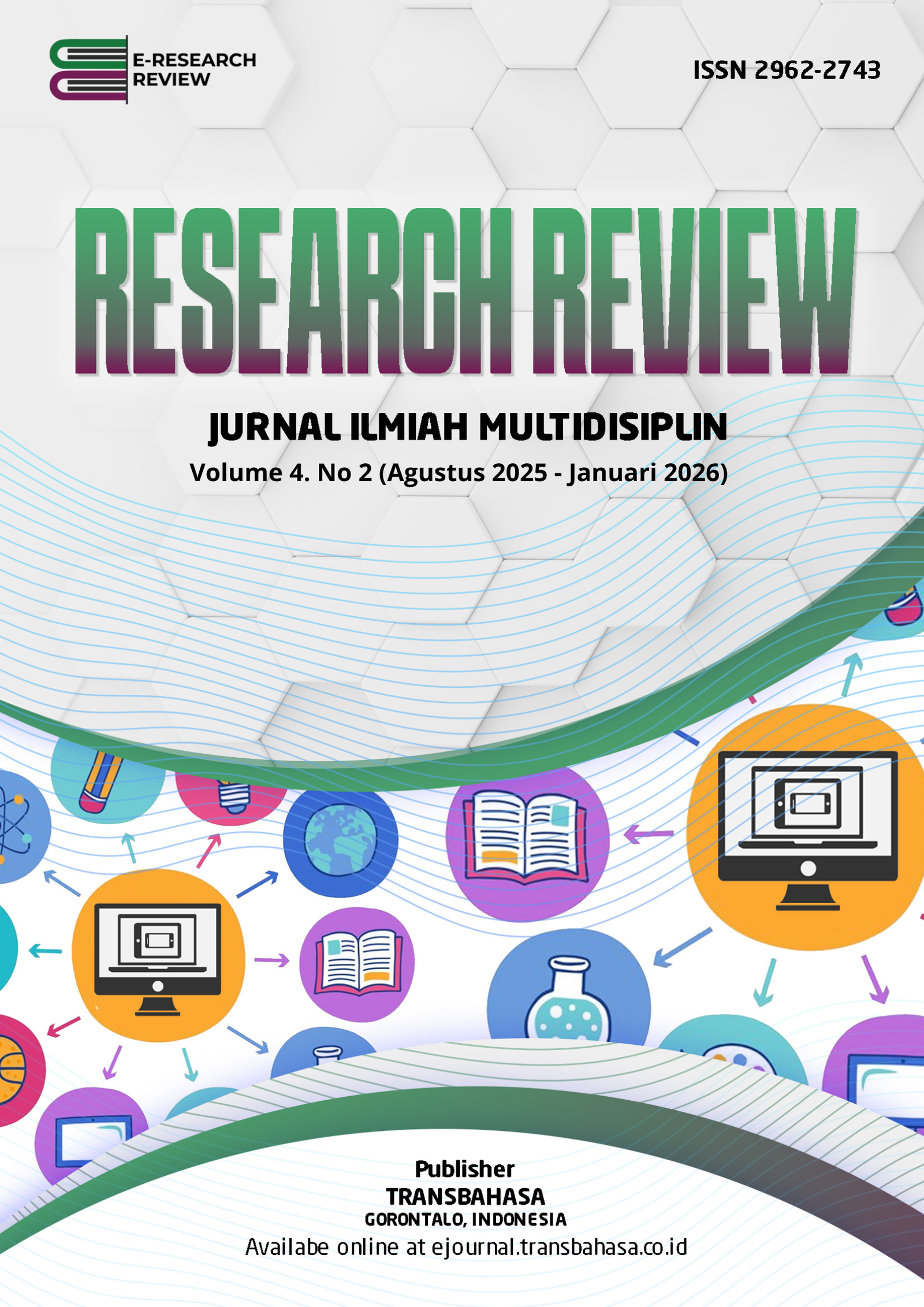Dinamika Populas Kepiting Bakau (Scylla serrata) dengan Mempertimbangkan Sifat Kanibalisme
DOI:
https://doi.org/10.54923/researchreview.v4i2.242Keywords:
Mathematical Model, Cannibalism, Dynamic Analiysis, Numerical SimulationAbstract
This study examines the population dynamics of mud crabs (Scylla serrata) by incorporating the biological phenomenon of cannibalism into a mathematical model. The model considers the mud crab population as consisting of two age classes, namely juvenile mud crabs and adult mud crabs. The formulation produces two equilibrium points: the extinction equilibrium E0 = (0,0), which represents the disappearance of the entire population, and the coexistence equilibrium E∗ = (CJ∗,CA∗), which indicates the persistence of both juveniles and adults. Stability analysis shows that the extinction point E0 is asymptotically stable if α < µ2/r - µ while the coexistence point E∗ remains stable when the intrinsic growth rate α lies within the interval α > α1 and α < α2. These results emphasize that the long-term survival of the population depends on critical biological parameters. Numerical simulations further support the analytical findings by demonstrating that the abundance of mud crabs is highly sensitive to variations in growth rate, competition intensity, and predation levels. In particular, an increase in cannibalistic behavior significantly alters the balance between juvenile and adult populations, potentially leading to population decline if not moderated. The findings of this study provide useful insights into the ecological dynamics of Scylla serrata, which is a species of high economic and ecological importance in mangrove ecosystems. Furthermore, the integration of mathematical modeling and numerical simulation offers a valuable framework for understanding complex interactions in aquatic populations and may serve as a reference for sustainable management strategies in mud crab fisheries.







